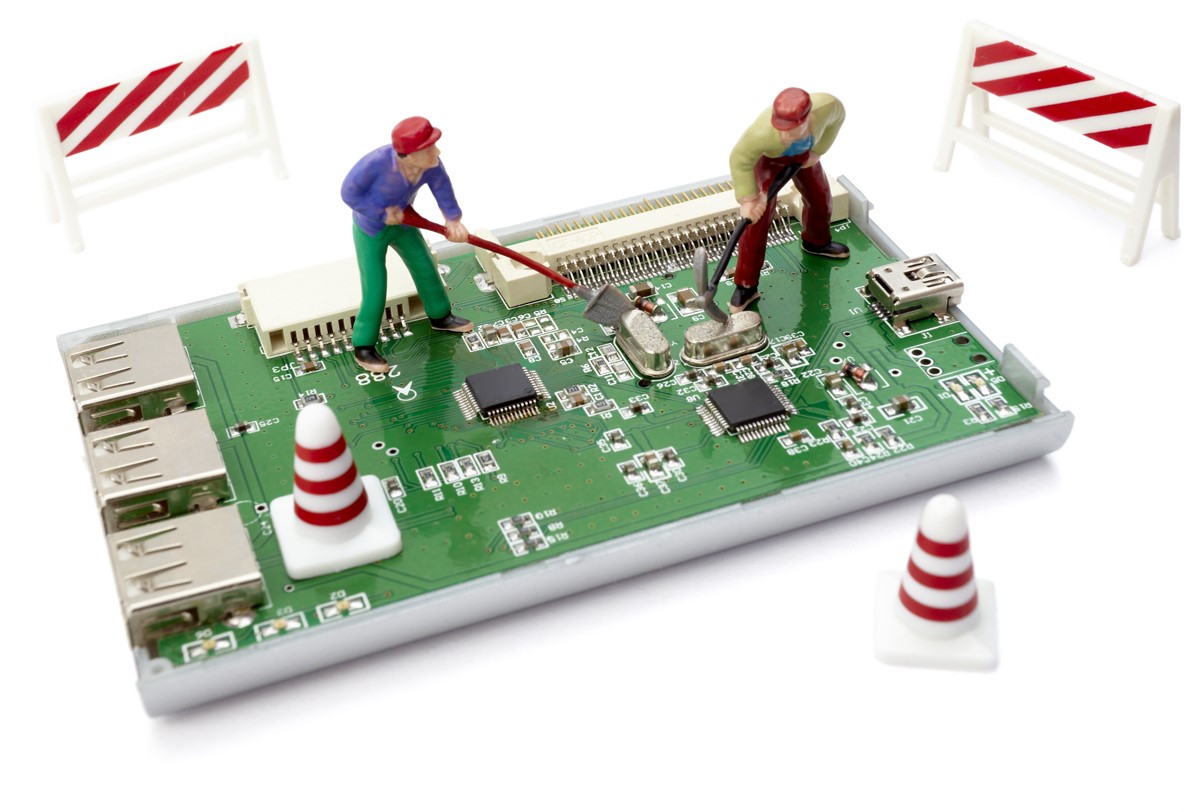The market for refurbished consumer electronics is much larger than you might think, with some experts estimating it at between $4 to 6 billion (source: Quora). Leading retailers and OEMs are realizing that the refurbished market is an opportunity to turn their used and returned smartphones, tablets, and laptops into cash.
How did the refurbished market get so big, and how can your organization capitalize on it? You’ll learn the answers to these questions shortly.
Why Consumers Love Refurbished
Consumer demand is driving the refurbished market’s growth. Some consumers see refurbished electronics as cost-effective alternatives to increasingly expensive new ones. Others are “aspirational,” lower-income consumers who want to sport the high-end Apple or Samsung brand name at a discount price.
What’s more, refurbished products perform just as well as brand new devices, according to the Economic Times. Refurbished electronics consistently undergo performance and reliability checks to ensure they operate just as effectively as the latest products. Considering that refurbished products offer comparable product quality at a much lower price point, is it any wonder consumers are flocking to them?
A recent Liquidity Services survey found that the refurbished market is indeed robust, and should continue growing. 94% of consumers in our survey had bought a refurbished product in the last three years. And 75% of our respondents said they would consider purchasing refurbished consumer electronics as well.
Additionally, 84% of buyers consider refurbished a fair value and are generally satisfied with their purchases, meaning they’ll be back to buy again. 81% of buyers are also likely to recommend buying a refurbished product. This positive word-of-mouth should spur continued market growth.
Best Practices for Selling Refurbished
The refurbished sector is clearly ripe with opportunity. How can your retail or OEM business seize your share of this market? Start by following these proven best practices.
- Be online: Our survey found that 82% of consumers will purchase refurbished products online. Work with a refurbishment and remarketing partner that leverages online marketplaces to maximize exposure (and recovery) for your refurbished goods.
- Give customers a deal: Consumers buy refurbished to save money. An expert partner will work with you to determine a pricing model that provides a good deal to consumers while ensuring you meet your goals.
- Stress sustainability: Sustainability is a priority for refurbished-product buyers, as nearly half of them stated it as a reason why they buy refurbished. Work sustainability into your messaging for refurbished buyers, and make sure they know about any efforts your organization or its partner takes to be sustainable, such as ensuring environmentally-friendly disposal of all goods.
- Provide details and warranties: The Huffington Post recommends that customers check for factory certification and warranties when purchasing refurbished products. Make sure you or your partner provides buyers with the information they need to feel good about their purchase, including warranties for all refurbished products.
Refurbished has grown far beyond a niche market. Tapping into this sector, your retail or OEM business can turn your used and returned consumer electronics into revenue that fuels achievement of your strategic goals. Since selling refurbished products is not a core competency for most organizations, consider outsourcing this area of business to an expert partner such as Liquidity Services.
Shoppers want to be confident that their electronics will work on arrival, or that they will be replaced with no hassle if they don’t.
The Need for a Partner
The secondary market is taking off, and consumers are demanding a lot from refurbished product retailers. An environment like this calls for assistance to navigate, especially for organizations entering this sector. Many businesses turn to partners that can help from beginning to end. Here are some key capabilities that Liquidity Services provides, making the organization a superior choice:
- Understanding of your unique needs: Every organization must adhere to different regulations, ranging from federal mandated to regional requirements and laws. Liquidity Services has the ability to cater toward each need with customized disposition and selling strategies.
- Data-based decisions to optimize outcomes: In the information age, accurate data is critical. Liquidity Services uses experience, market conditions, and many other factors to determine the best place, time, and method for selling surplus and turning it into working capital.
- Great buying experiences: Consumers are picky, and they will search for the best deal and customer experience. Liquidity Services has a variety of online marketplaces that all offer complete support and visibility throughout the entire refurbished product purchasing process.
- Compliance for electronics: Technology poses a unique disposition challenge. Whether reselling or simply recycling, there are many requirements in regard to the expunging of corporate and personal data stored on electronic devices. Liquidity Services provides the ability to wipe all electronics before they are sold, and is R2 certified, ensuring legal compliance.
Refurbished products are becoming more popular every day, and with the secondary market soon exceeding the $10 billion mark, now is the time to capitalize on consumer demand with an asset management partner such as Liquidity Services.
|
|
IMAGE CAPTION Business leaders are noticing that the secondary market opens many doors to cost efficiency and environmental sustainability, as the sector grows exponentially. |





Comments are closed.